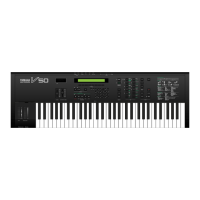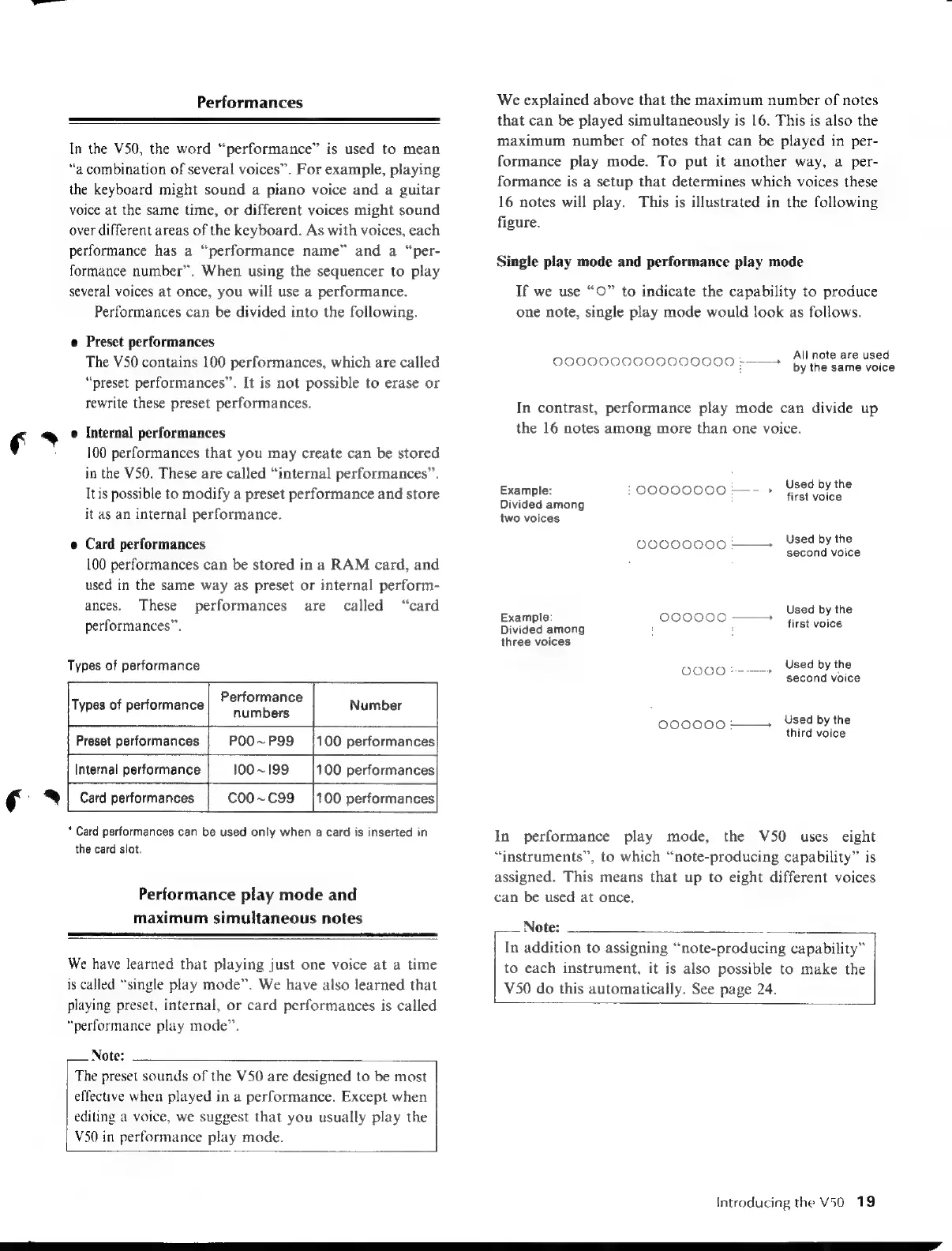
 Loading...
Loading...
Do you have a question about the Yamaha V50 and is the answer not in the manual?
| Synthesis Type | FM |
|---|---|
| Polyphony | 16 voices |
| Keyboard | 61 keys |
| Year Released | 1989 |
| Velocity Sensitivity | Yes |
| Aftertouch | Yes |
| Type | Digital |
| Effects | Reverb, Chorus, Delay |
| Sequencer | Yes |
| Oscillators | 4 operators |
| LFO | 1 |
| Storage | Floppy disk |
| MIDI | In/Out/Thru |
| Outputs | Stereo |